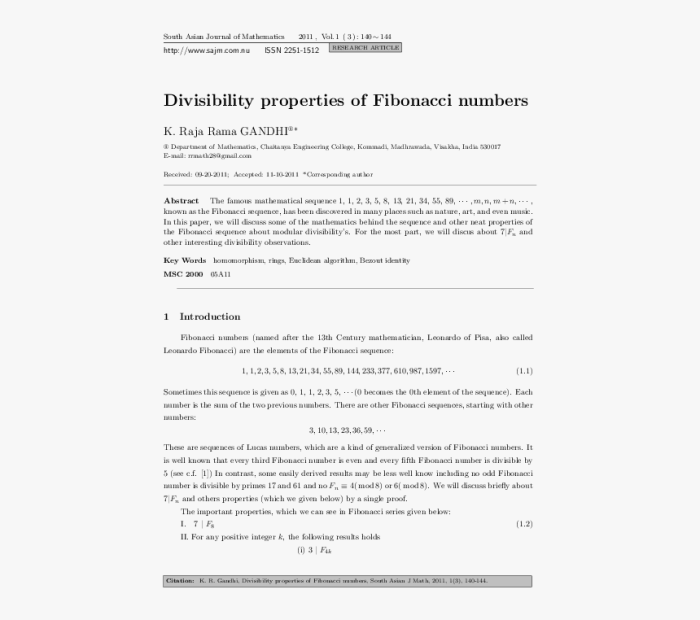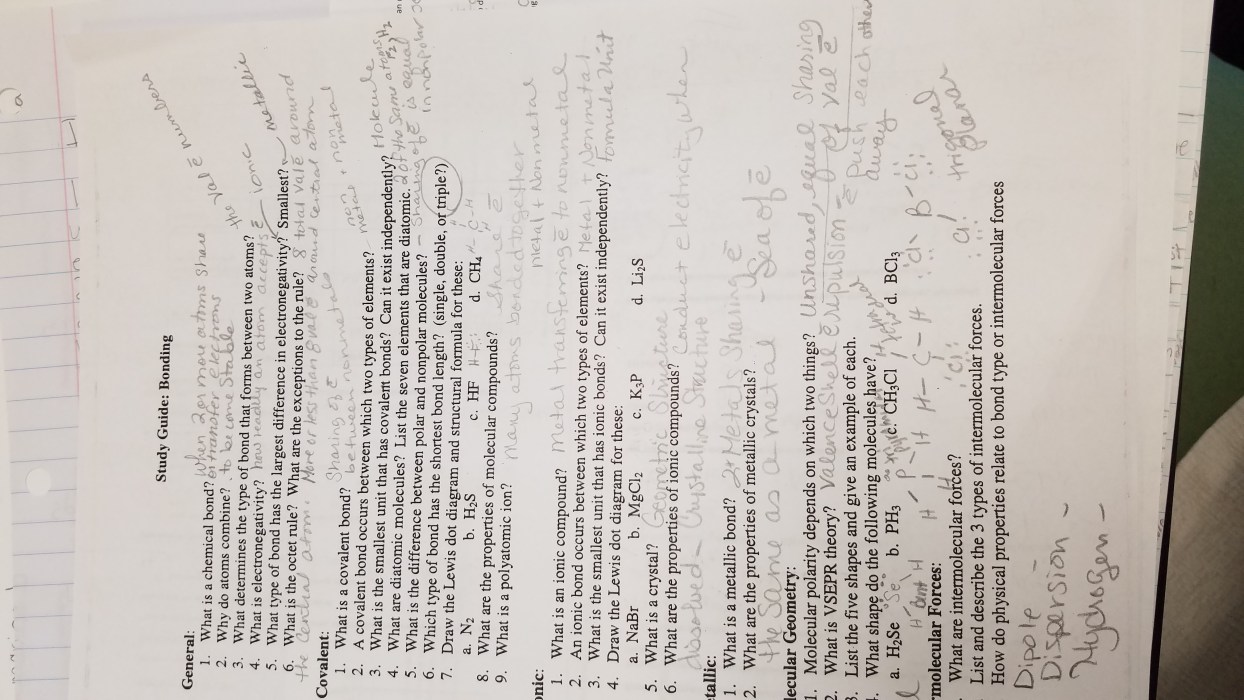Covalent Bonding Webquest Answer Key: Embark on a journey to grasp the intricacies of covalent bonding, the cornerstone of molecular interactions. This comprehensive guide unveils the fundamental concepts, types, properties, and applications of covalent bonds, empowering you with a profound understanding of this captivating realm of chemistry.
Delving into the essence of covalent bonding, we explore the electron-sharing mechanism that forges these chemical alliances. Simple covalent molecules serve as illuminating examples, showcasing the interplay of atoms in forming stable and diverse structures.
Covalent Bonding Basics
Covalent bonding is a fundamental type of chemical bond that involves the sharing of electron pairs between atoms. This sharing results in the formation of a covalent bond, which holds the atoms together.
The electron-sharing mechanism in covalent bonding arises from the attraction between the positively charged nuclei of the atoms and the negatively charged electrons. When two atoms approach each other, their valence electrons can overlap, creating a region of high electron density between them.
This overlap leads to the formation of a covalent bond, as the electrons are shared between the two atoms.
Simple covalent molecules include:
- Hydrogen (H 2)
- Chlorine (Cl 2)
- Water (H 2O)
- Methane (CH 4)
- Ammonia (NH 3)
Types of Covalent Bonds
Covalent bonds can be classified into different types based on the number of shared electron pairs between the atoms.
Single Covalent Bond
A single covalent bond involves the sharing of one pair of electrons between two atoms. It is the most common type of covalent bond.
Double Covalent Bond, Covalent bonding webquest answer key
A double covalent bond involves the sharing of two pairs of electrons between two atoms. It is stronger than a single covalent bond.
Triple Covalent Bond
A triple covalent bond involves the sharing of three pairs of electrons between two atoms. It is the strongest type of covalent bond.
The bond order of a covalent bond is the number of shared electron pairs between the atoms. The bond strength generally increases with increasing bond order.
Polarity and Electronegativity

Electronegativity is the ability of an atom to attract electrons towards itself. When two atoms with different electronegativities form a covalent bond, the electrons are not shared equally.
The more electronegative atom attracts the electrons more strongly, creating a polar covalent bond. In a polar covalent bond, one end of the bond has a partial positive charge (δ+) and the other end has a partial negative charge (δ-).
When the electronegativity difference between the atoms is small, the covalent bond is nonpolar. In a nonpolar covalent bond, the electrons are shared equally between the atoms.
Bond Length and Bond Energy

The bond length is the distance between the nuclei of the two atoms in a covalent bond. The bond energy is the energy required to break a covalent bond.
Factors that affect covalent bond length include:
- Atomic radii
- Bond order
- Hybridization
Factors that affect covalent bond energy include:
- Bond order
- Bond length
- Electronegativity
Generally, shorter bonds are stronger than longer bonds, and bonds with higher bond orders are stronger than bonds with lower bond orders.
Resonance and Delocalization: Covalent Bonding Webquest Answer Key
Resonance is a phenomenon that occurs when a molecule or ion can be represented by two or more valid Lewis structures. In resonance, the electrons are delocalized, meaning that they are not confined to a specific atom or bond.
Resonance structures contribute to the overall stability of the molecule or ion. The more resonance structures a molecule has, the more stable it is.
Applications of Covalent Bonding
Covalent bonding is essential for the formation of many materials and compounds that we use in everyday life.
Examples include:
- Water
- Organic compounds (e.g., plastics, fuels, pharmaceuticals)
- Semiconductors
- Metals
- Biological molecules (e.g., proteins, DNA)
Covalent bonding plays a crucial role in the structure and function of biological systems, enabling the formation of complex molecules and macromolecules.
FAQ
What is the fundamental principle of covalent bonding?
Covalent bonding arises from the sharing of electron pairs between atoms, forming a stable and mutually beneficial arrangement.
How does electronegativity influence covalent bonding?
Electronegativity, a measure of an atom’s attraction for electrons, affects bond polarity. When atoms with different electronegativities bond, the electrons are unequally distributed, resulting in polar covalent bonds.
What is the relationship between bond order and bond strength?
Bond order, representing the number of shared electron pairs, directly correlates with bond strength. Higher bond orders indicate stronger bonds.

